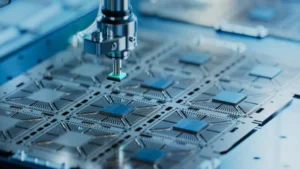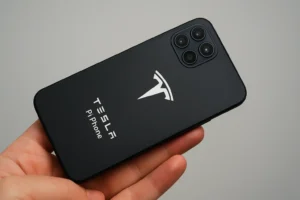Disclaimer: This article is for informational purposes only and reflects the author’s personal opinion based on experience and research. It should not be considered financial or purchasing advice. Please evaluate your own needs and consult with a professional if necessary before making any buying decisions.
The idea of purchasing an eight-year-old laptop might seem absurd. Nevertheless, the refurbished 2017 MacBook Air remains in high demand among buyers in the market. Its legendary design, affordable price point, and reputation as the “last true MacBook” for some users. All of these factors give potential buyers pause for thought. This article is intended for those seeking an ultra-budget entry point into Apple’s ecosystem. We’ll analyze all the pros and cons to provide a definite answer on whether this model is worth your money today.
Design and Ergonomics Timeless Classic
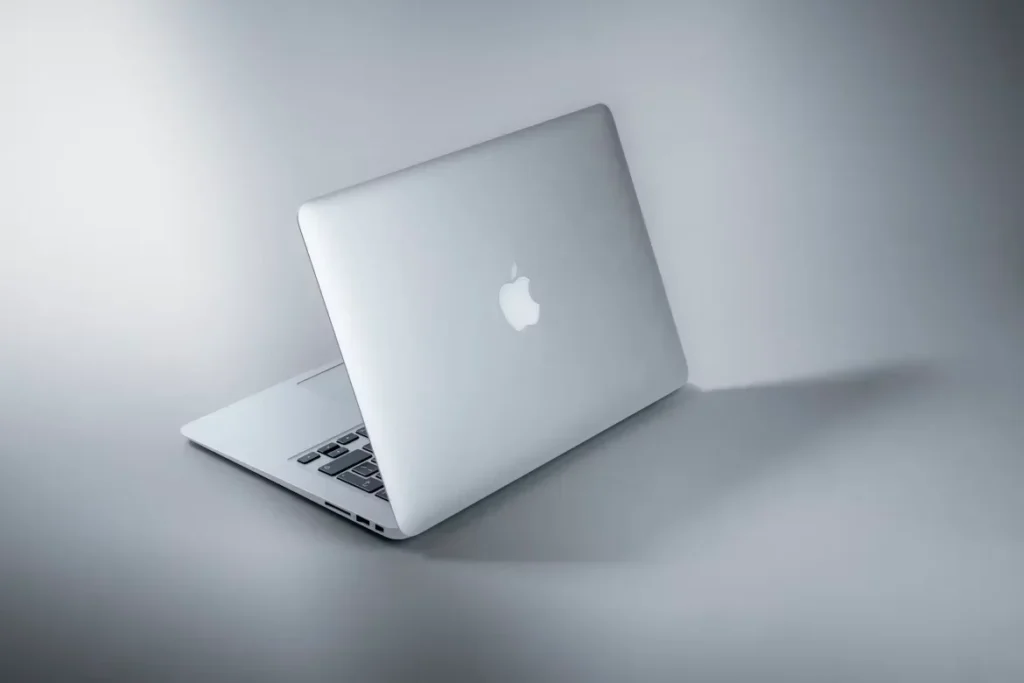
The first thing that catches your eye when looking at the 2017 MacBook Air is its iconic wedge-shaped unibody aluminum construction. After all these years, it still feels solid, durable, and of premium quality. This device easily outperforms many modern plastic laptops in terms of build quality. At the same time, it remains sufficiently thin and lightweight (2.96 pounds) to carry comfortably every day.
The main selling point of this model in 2025 has become its port selection. In an era dominated by USB-C and dongles, it offers a true paradise for conservative users. It includes everything necessary for comfortable work, eliminating the need for additional expenses.
- Two USB 3.0 (Type-A) ports for connecting flash drives, mice, and other peripherals
- SDXC card slot, old-school photographers and videographers will appreciate this
- Thunderbolt 2 port for connecting monitors and high-speed storage devices
- The legendary MagSafe 2 is a magnetic power connector that has saved countless laptops from falls
In terms of design and portability, it feels like a welcome return to a more convenient past. It doesn’t require owners to carry a collection of dongles and feels like a self-sufficient, well-thought-out tool, an undeniable advantage.
Display and Multimedia: The Main Compromise
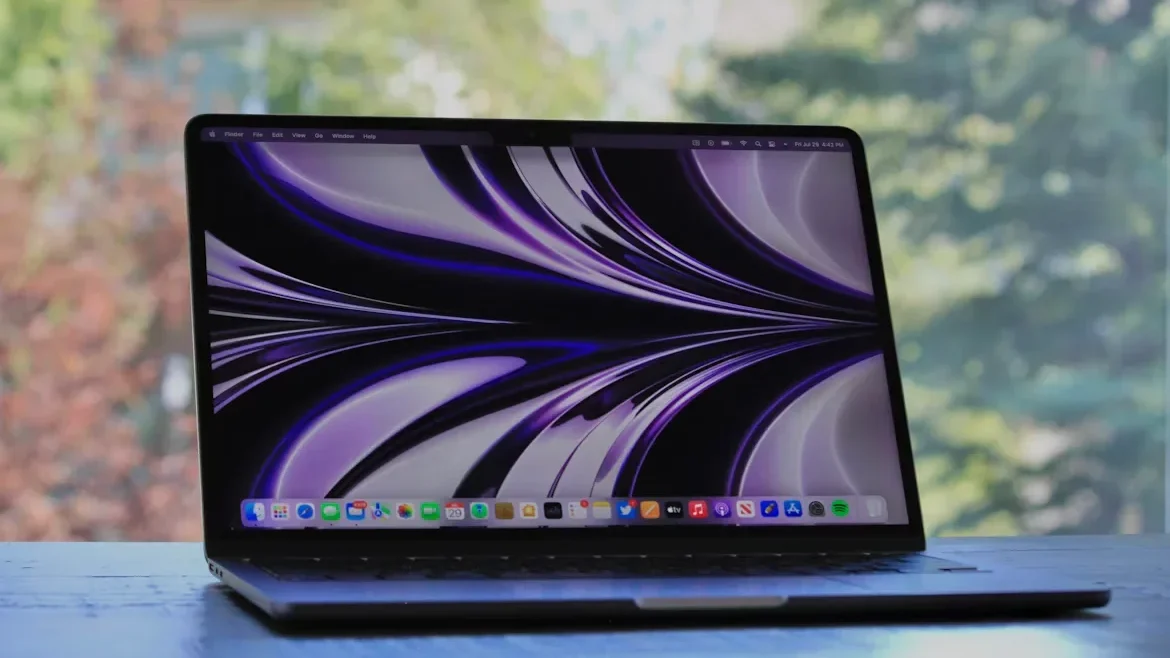
While the design still commands respect, the screen reveals where the laptop’s age shows most painfully. In 2025, the 2017 MacBook Air’s display looks frankly outdated. This is the primary reason to reconsider purchasing if image quality matters to you.
The issue lies with the TN panel, which has a resolution of only 1440 x 900 pixels. On a 13.3-inch screen, this provides a pixel density of approximately 128 PPI, while modern Retina displays offer 227 PPI and higher. Text appears less sharp, and images lack detail. For document work or basic web browsing, this screen is sufficient; however, for more demanding tasks, it is unfortunately not.
However, the laptop pleasantly surprises me in terms of speakers. The stereo speakers hidden beneath the keyboard produce surprisingly loud and clear sound for such a thin chassis. While they lack low frequencies, they’re more than adequate for watching YouTube or background music.
Setting aside the frankly weak display, the laptop handles its other tasks reasonably well.
Performance Limits of Capability
It is powered by a dual-core fifth-generation Intel Core i5 processor with a base clock speed of 1.8 GHz. Paired with 8 GB of RAM and a fast SSD, this configuration can still deliver acceptable performance for everyday tasks.
The system remains responsive when working with browsers (up to 10–15 tabs), office applications, email, and messaging apps. Light photo editing in undemanding editors is within its capabilities. However, it’s essential to understand its limitations.
Keyboard, Trackpad, and Battery Life: The Model’s Strong Points
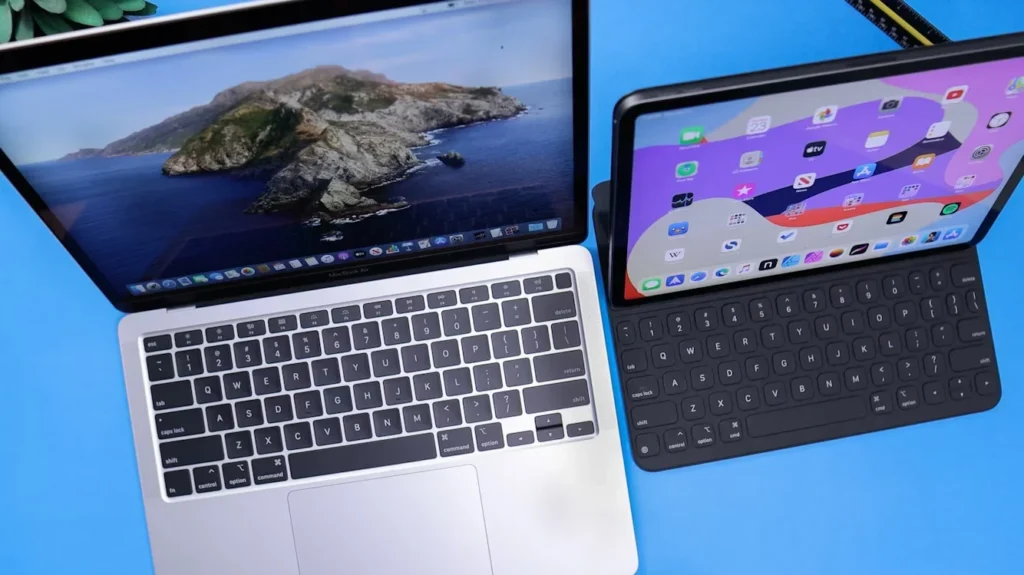
It’s precisely in the control elements and battery life that it reveals its best qualities, which are valued today. The laptop features a “classic” scissor-switch keyboard that many still consider the gold standard for comfort.
The keys have a pleasant, tactile travel of 1.4 mm, unlike the notoriously problematic and short-lived “butterfly” keyboard that Apple installed in MacBooks from 2016 to 2019. Typing on it is pure pleasure; the text flows quickly with virtually no errors. The only drawback is the absence of key backlighting in some configurations. The trackpad also doesn’t disappoint: it’s large, glass, and recognizes all macOS gestures perfectly. While it lacks Force Touch technology, its physical click remains very convenient.
Battery life was one of the model’s main advantages at launch. Apple claimed up to 12 hours of web browsing. Naturally, any battery degrades over eight years. Nevertheless, if you find a unit with a “healthy” battery (fewer than 500 charge cycles), you can expect a respectable 6–8 hours of work, including document viewing and internet browsing. Before purchasing, it’s essential to check the battery condition in the system report.
These three components, keyboard, trackpad, and potentially good battery life, create a very comfortable user experience. It’s precisely because of them that the laptop still feels like a quality, well-designed product that’s pleasant to work on.
Conclusion: Final Verdict
Is it still worth purchasing in 2025? The answer cannot be definitive and depends entirely on your needs and budget.
This laptop can still be an excellent choice for a specific category of users. It’s an ideal “typewriter” for writers and students, thanks to its phenomenal keyboard and good battery. It would work well as a secondary or tertiary computer in a household for basic tasks. Furthermore, it will appeal to those who critically require a selection of traditional ports and don’t want to deal with adapters.
If your budget is strictly limited and your tasks revolve around typing and web browsing, this veteran can still serve you faithfully.








